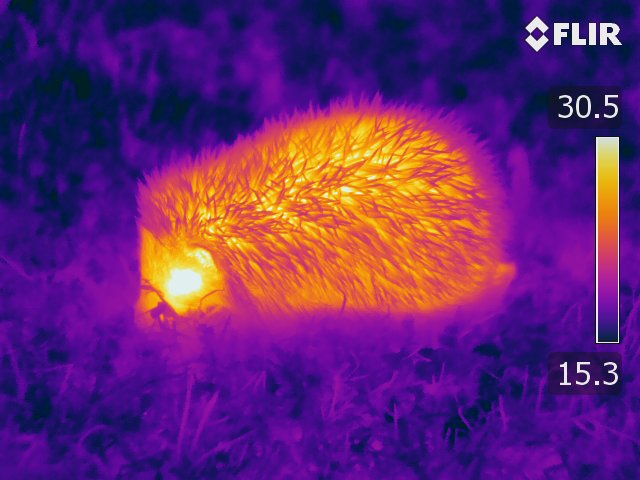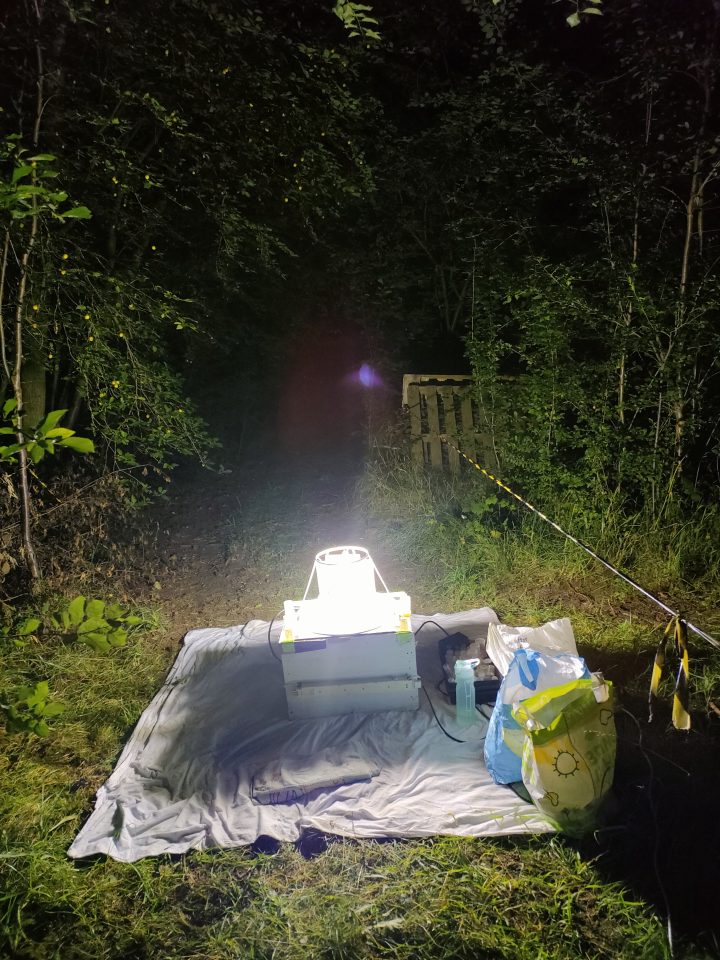Wildlife and biodiversity gains at BGS
Our rewilding scheme is already encouraging more diverse fauna onto our Keyworth site.
27/09/2021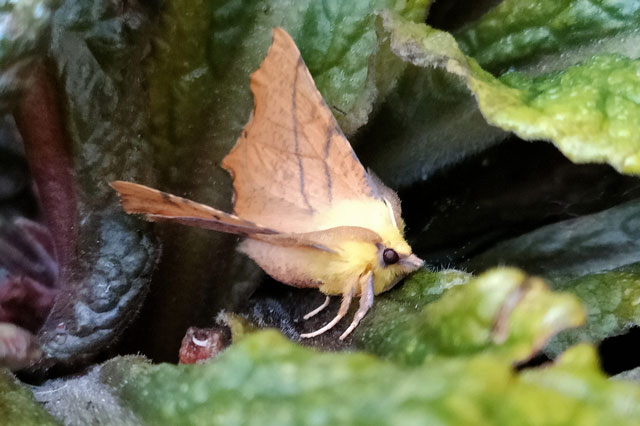
As part of our commitment to increase biodiversity on the BGS sites, we have undertaken a range of initiatives. The majority of these initiatives currently relate to our Keyworth site in Nottinghamshire as we have fewer limitations there, but we’re hoping to roll out similar measures at our other sites wherever we can.
Anyone visiting the Keyworth site will see these changes as soon as you walk through the gate. The best of these initiatives is the new ‘no-mow’ commitment, with around 70 per cent of grass now being left to grow during the summer to promote wild flowers, bring in more insects and of course the bigger animals that feed on them. Our meadows stretch from the front car park area, around the south of the site and continue on the rear of James Hutton and William Smith buildings, to give a full wraparound meadow feel. We are running butterfly transects and some moth trapping, as well as monitoring the larger animals on site.
This initiative has been helped along enormously by the BGS Estates team, who have been very supportive with our ideas and liaised with the grounds team.
We’ve recently installed bird feeders and bird baths to encourage birds onto site, which has of course also pleased the squirrels! We have a lunchtime Wilding Group, which meets a few times a year,and we’ve used this group to shape some of the areas which we’d like to make richer in wildlife but also richer to the staff. One such area is our pond, which now has a clear path running through the wild areas, improvements to the pond itself, planting of new spring flowers, cutting back of brambles, and opening the ‘secret garden — perfect for a lunchtime retreat into nature!
Part of the programme of work is monitoring, as it’s really important to measure and plot wildlife improvements, so that we can say whether the measures we’ve put in place are working, or if we have to change things. We’ve collaborated with the Nottinghamshire Wildlife Trust, who have been instrumental in helping us decide where to put our owl and bird boxes. They have completed a bat survey for us and we hope to continue working with them to make further improvements.
We recently ran an evening event looking at the nature onsite after dark. Steve Thorpe ran the moth trap, with NWT completing a bat survey. Chris Rochelle was able to use the infrared camera to see what he could find scurrying around in the meadows. Mice and voles made up most of the sightings, but he also found and photographed a fantastic hedgehog. We’ve recently installed five hedgehog houses, so hopefully these will be well used over the winter! We also heard young tawny owl by the front gate. Our night-time cameras have also picked up a fox in the Hanlon House wildlife area.
All in all things are really positive on site for our wildlife and, with more people back in the office soon recording their sightings, we’ll start to see a real improvement!
About the author

Stephen Thorpe
Geospatial data specialist and lead driller
Relative topics
Latest sustainability news
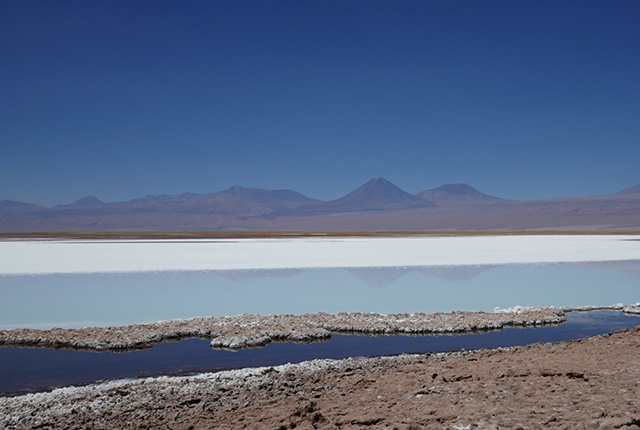
Responsible extraction in South America’s Lithium Triangle
02/08/2024
A BGS team visited Argentina and Chile to investigate how to extract lithium more responsibly in the face of growing worldwide demand.
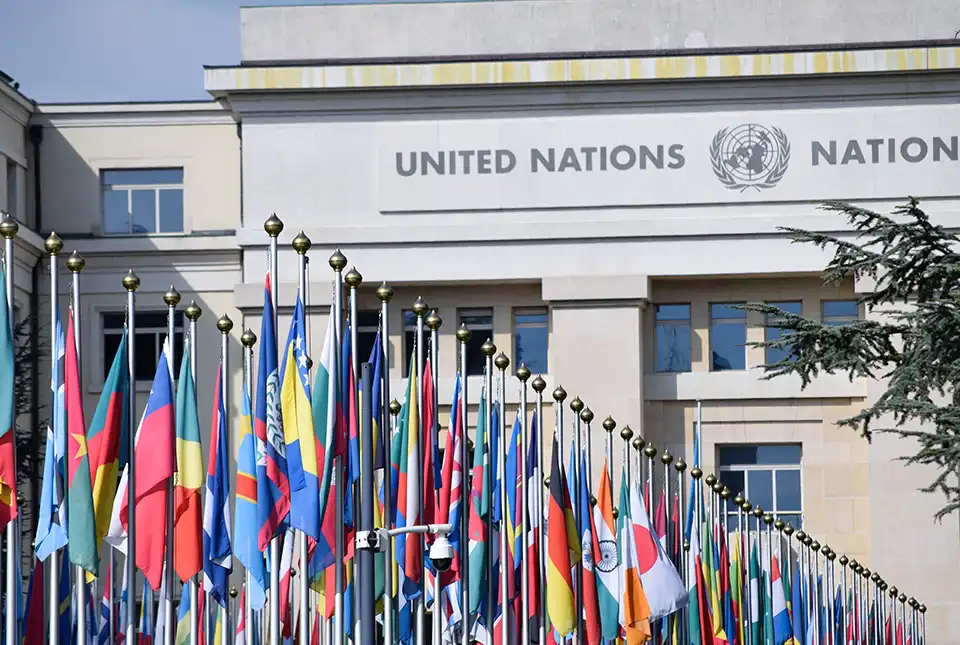
BGS to help deliver International Centre of Excellence on Sustainable Resource Management
27/02/2024
BGS has been announced as part of a consortium approved by the UN to deliver its International Centres of Excellence on Sustainable Resource Management.
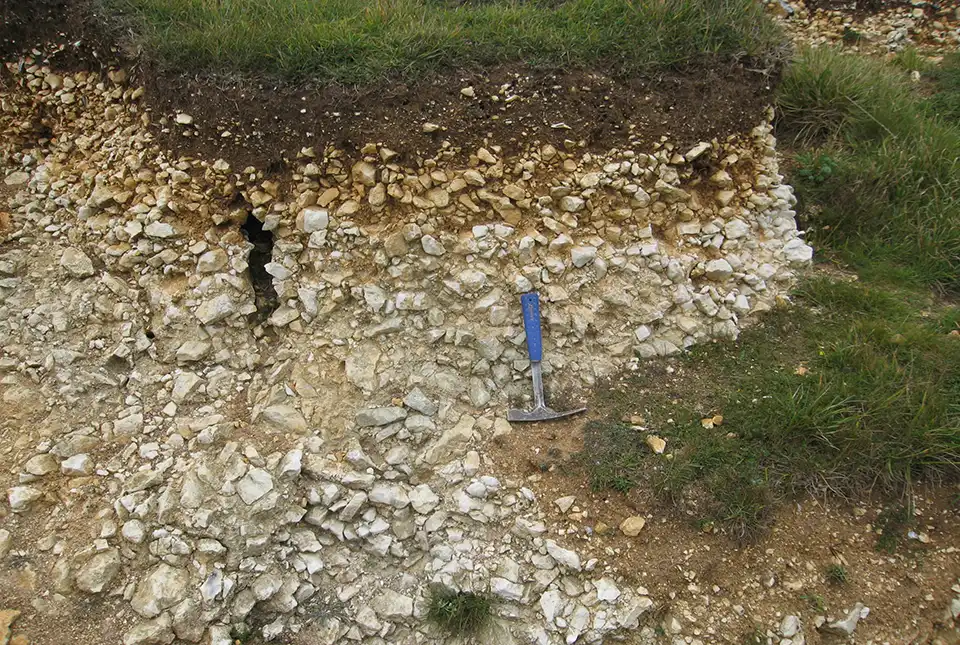
How BGS is helping the farming sector of Great Britain
17/01/2024
New legislation concerning soil management and technology in modern farming has led to an increase in enquiries about BGS’s Soil Parent Material Model.
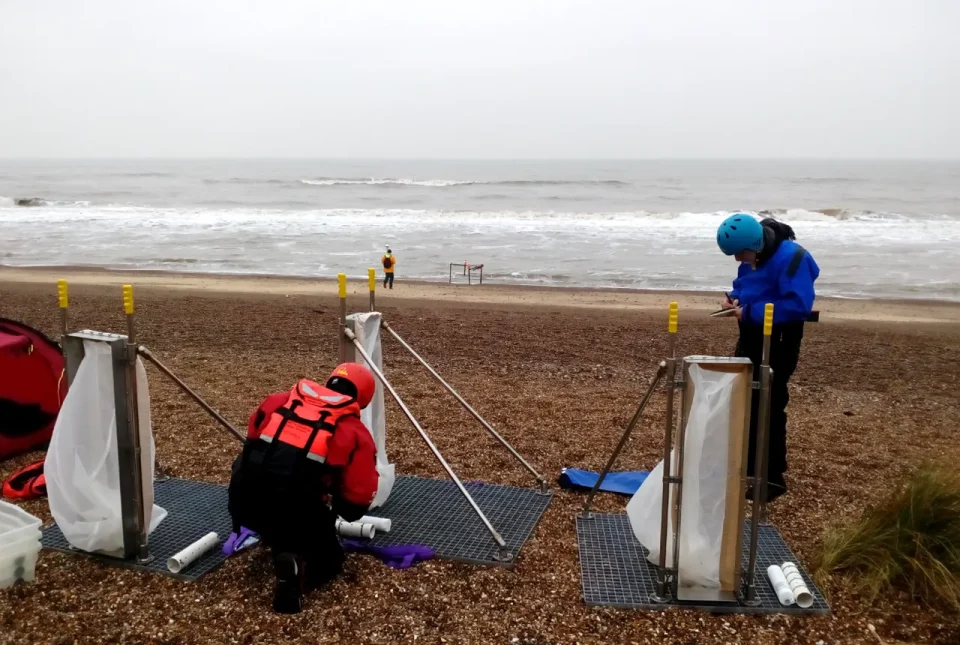
BGS to lead new research project on barrier systems to support more sustainable coastal management
06/12/2023
Scientists at BGS will lead a new four-year project that will enhance our understanding of gravel barrier systems across the coastlines of the UK.
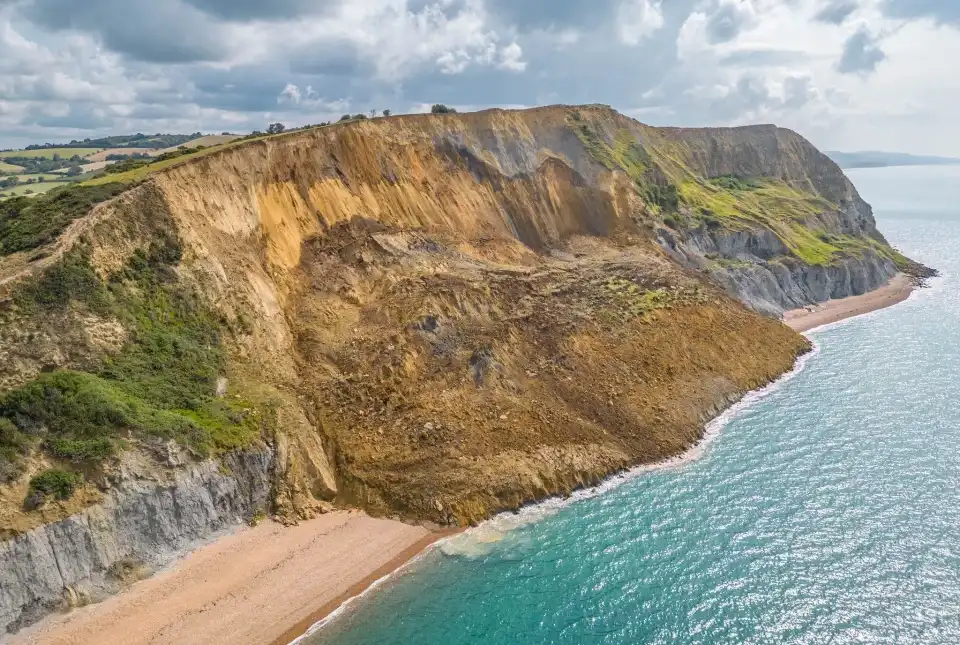
BGS receives award at the World Landslide Forum 2023
30/11/2023
BGS’s landslide team has been designated a World Centre of Excellence on landslide risk reduction by the International Consortium on Landslides.
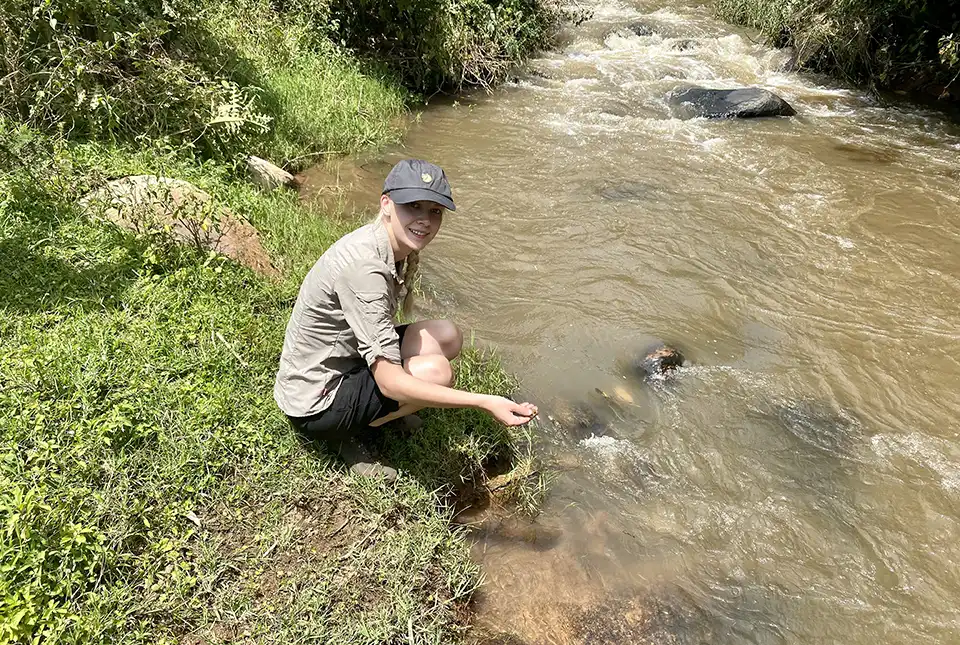
The optimisation of plutonium separation
07/11/2023
BGS research leads to advancements in the detection of plutonium and ultimately the determination of soil erosion rates in tropical soils.
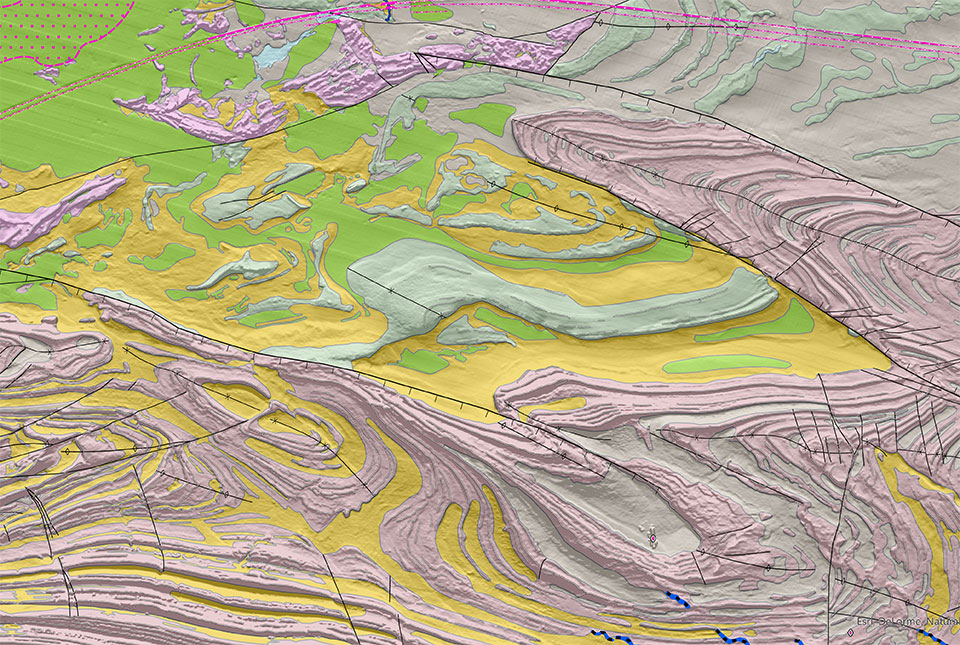
Industry-leading data sharing partnership announced
02/11/2023
A data sharing partnership has been agreed between BGS and Ossian, allowing BGS to advance its knowledge of the rock and soil conditions under the seabed.
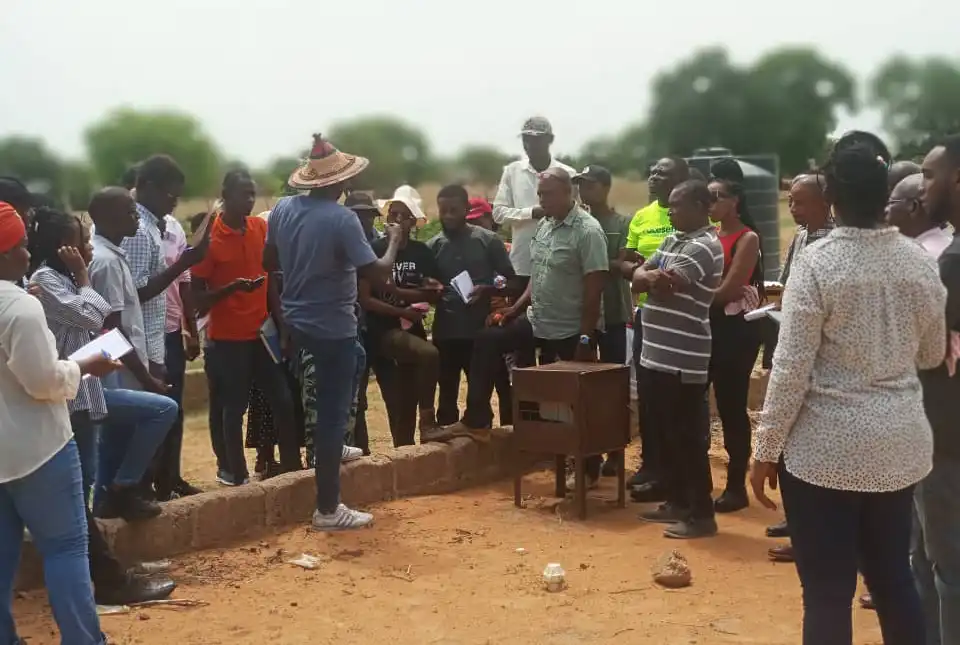
TerraFIRMA
TerraFIRMA is a five-year, NERC-funded, Multi-Centre National Capability (MCNC) UKRI award running from April 2022 to March 2027
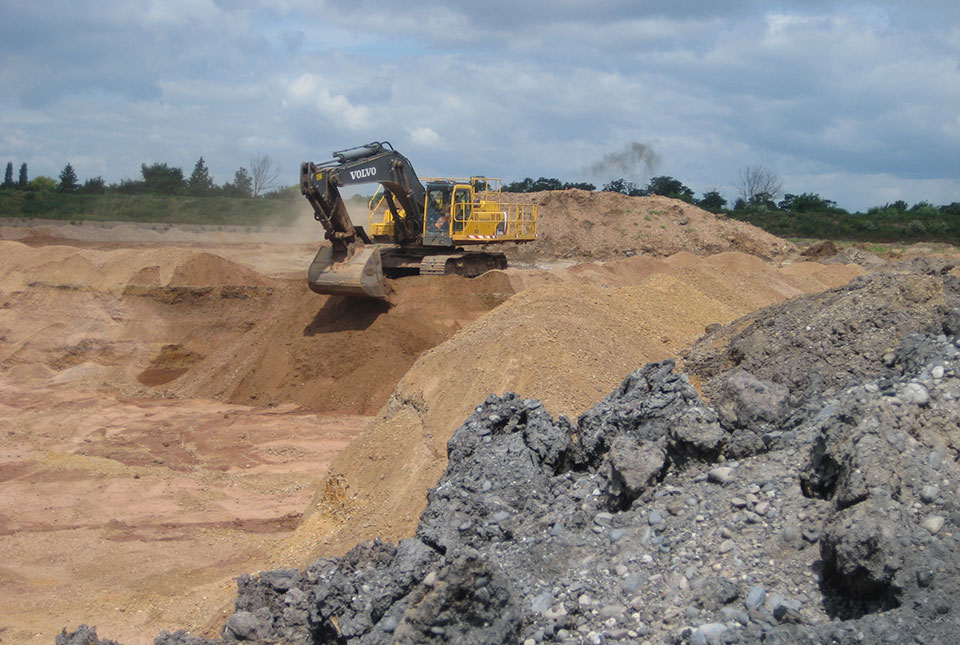
Good practice for sand mining
24/10/2023
Tom Bide and Clive Mitchell outline how BGS is working on geoscience-led solutions for the global issue of sand mining.
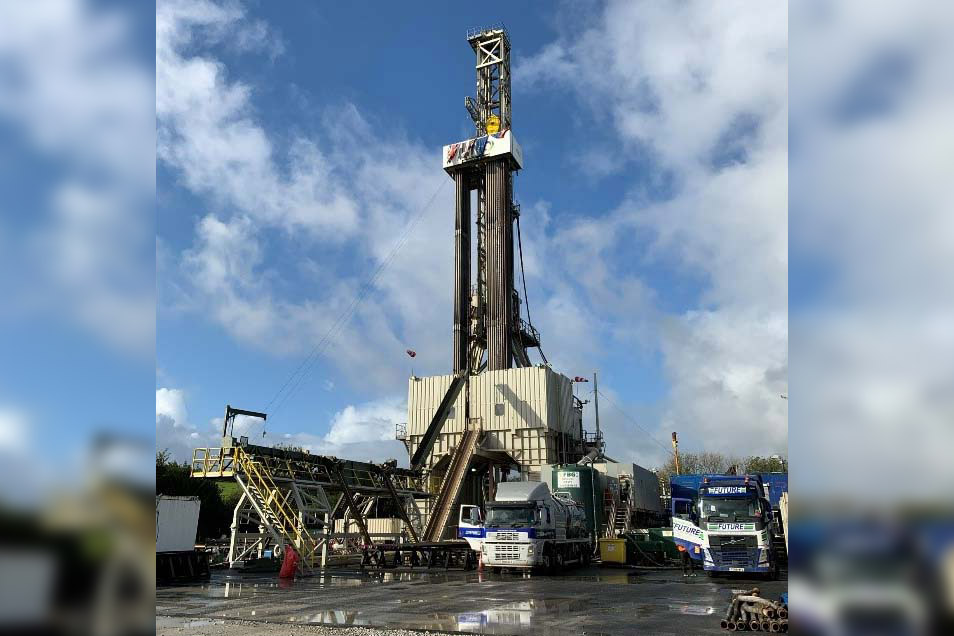
New report assesses deep geothermal energy in the UK
17/07/2023
A new BGS report assesses the current situation around and future potential of deep geothermal energy in the UK.
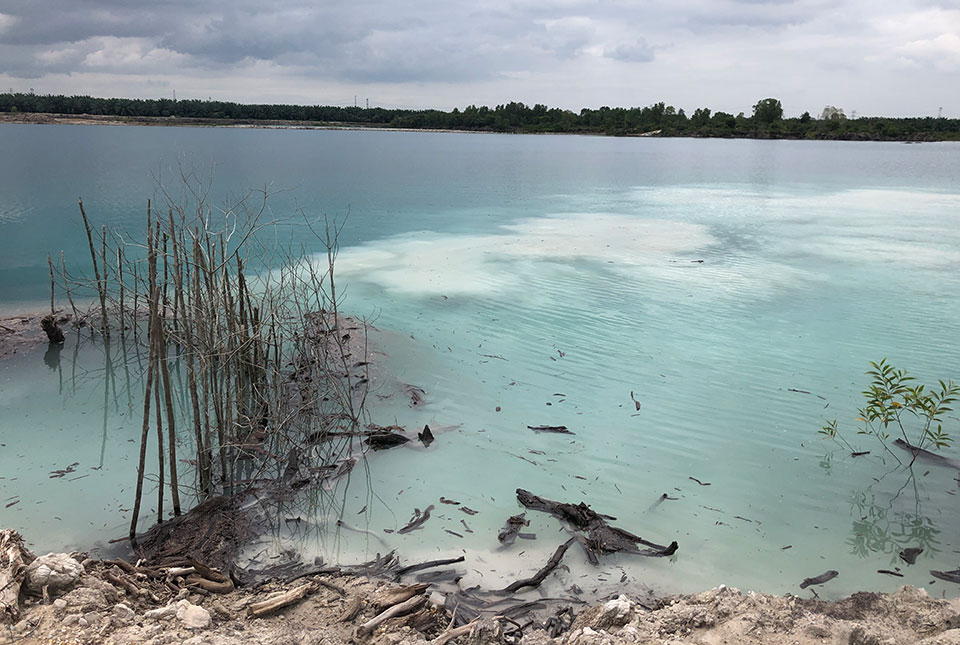
Living in a world made of sand
17/07/2023
Tom Bide and Clive Mitchell outline the BGS Sand and Sustainability project, which is working on geoscience-led solutions for the global issue of sand mining.
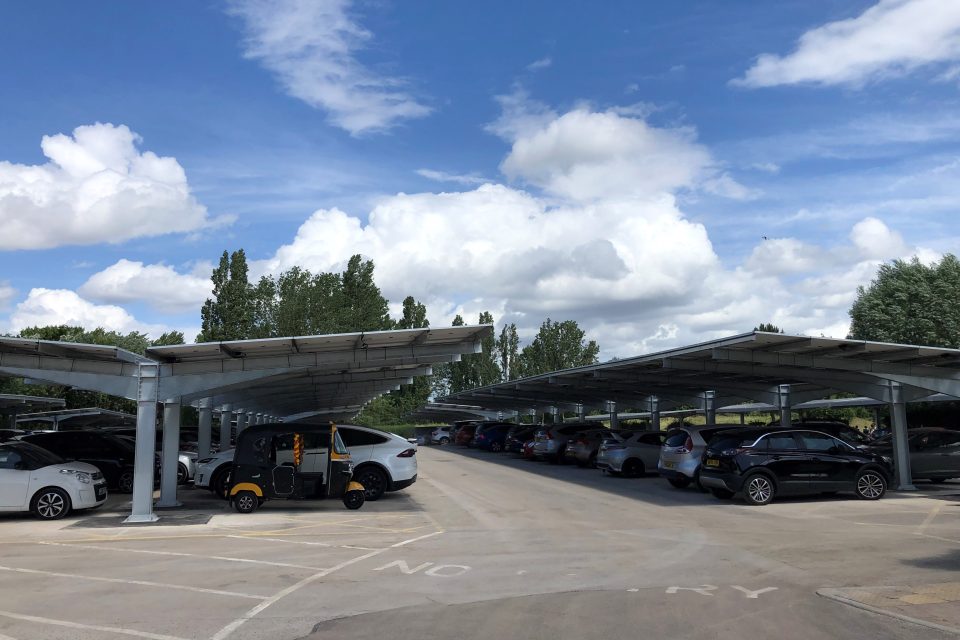
NERC recognised by the Carbon Trust for its step towards net zero
07/06/2023
The Natural Environment Research Council (NERC) has achieved the ‘taking action’ tier of the Carbon Trust’s Route to Net Zero Standard.



